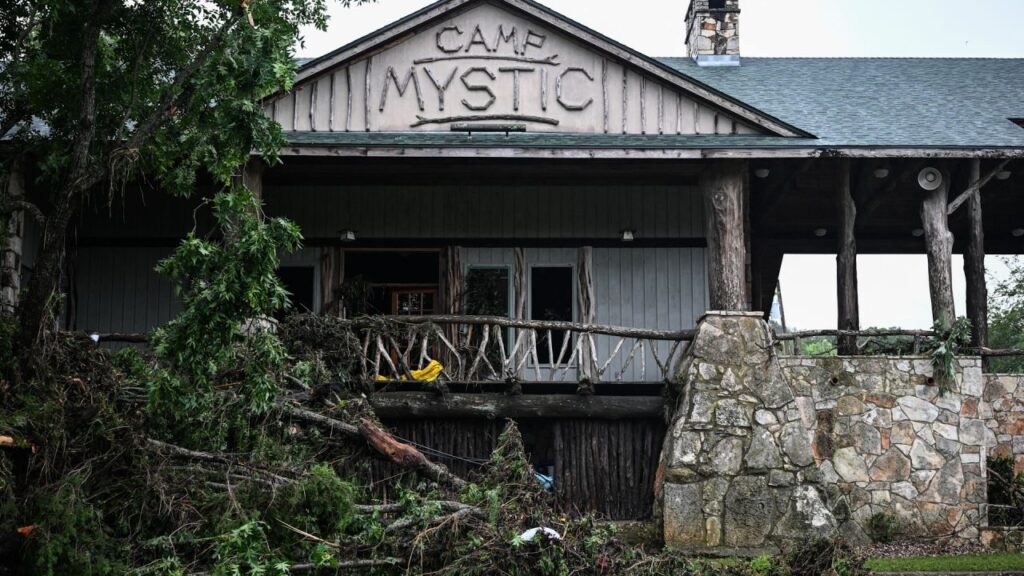
The Guadalupe River experienced a dramatic rise of 26 feet within just 45 minutes on the morning of July 4, 2023, resulting in widespread devastation and over 100 fatalities across Central Texas. The rapid escalation of the flood caught many residents off guard, leading to significant loss of life and property.
Emergency services were inundated with calls as the floodwaters surged, overwhelming local communities. The National Weather Service had issued warnings, but the intensity and speed of the river’s rise exceeded expectations. According to reports from CNN, the situation became critical within hours, as families sought safety while emergency responders raced against time.
Initial Response and Recovery Efforts
As the floodwaters receded, the aftermath revealed extensive damage across various towns and cities. Local officials reported that entire neighborhoods were submerged, leading to homes being destroyed and infrastructure severely impacted. The Texas Department of Emergency Management mobilized resources to assist with rescue operations and recovery efforts, deploying teams to affected areas.
In the wake of the disaster, state officials emphasized the importance of community resilience. “We are working tirelessly to support those affected and to ensure that recovery efforts are swift and effective,” stated a spokesperson from the Texas Department of Emergency Management.
In addition to physical damage, the floods have also created lasting emotional and psychological impacts on survivors. Local mental health organizations are stepping in to provide support to those grappling with loss and trauma. As recovery efforts continue, many residents face the daunting task of rebuilding their lives.
Looking Ahead: Preparedness and Future Risks
The Texas floods serve as a stark reminder of the increasing risks posed by extreme weather events. Climate scientists have pointed to changing weather patterns as a contributing factor to the frequency and intensity of such natural disasters. In response, local and state officials are reviewing emergency preparedness plans to enhance community resilience against future flooding events.
The National Weather Service has indicated that increased monitoring and improved predictive models are essential for providing timely alerts. As communities recover, discussions are ongoing about infrastructure improvements to better manage heavy rainfall and flooding in the future.
As families begin the arduous process of recovery, the collective effort of local organizations, government agencies, and community members will be crucial in overcoming the challenges posed by this disaster. The resilience demonstrated by those affected highlights the human spirit in the face of adversity, but the road to recovery remains long and complex.
The events of July 4, 2023, have left an indelible mark on Central Texas, and the impacts will be felt for years to come. Through collaboration and commitment, the hope is that communities will emerge stronger, better equipped to face the challenges of an uncertain climate future.






